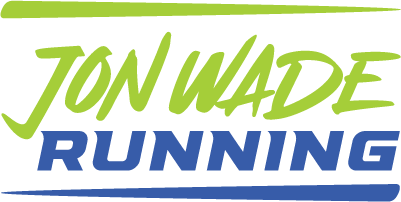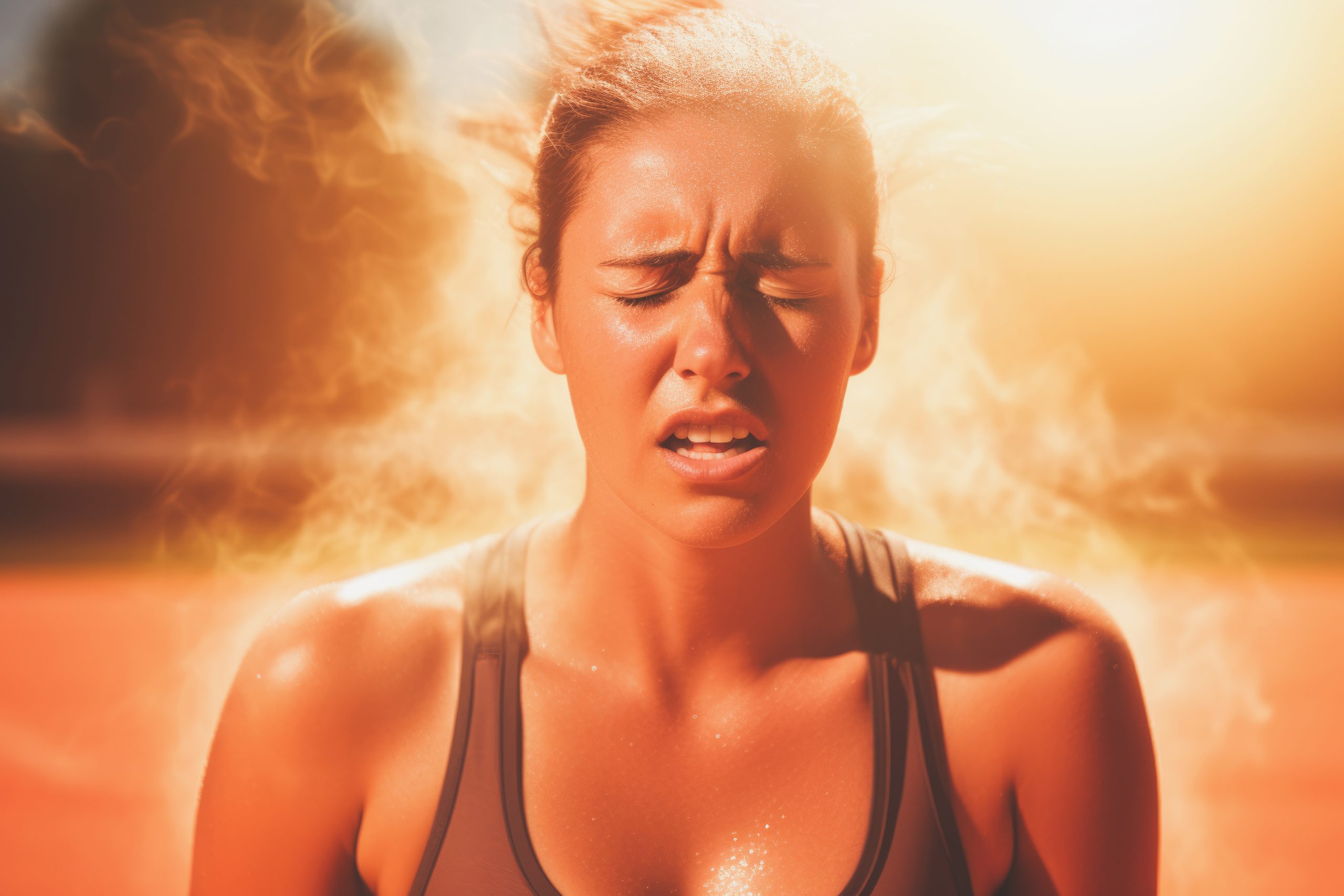As a runner, you’re no stranger to pushing your limits. But when it comes to hot weather, you need to understand the risks of heat exhaustion and heat stroke, especially here in the midwest. Both can be serious, but knowing the differences can help you stay safe and enjoy your training throughout these hot months.
Ok, so What Are Heat Exhaustion and Heat Stroke?
Heat Exhaustion occurs when your body overheats due to physical activity in hot weather. It can make you feel weak, dizzy, and nauseous.
Heat Stroke is more severe. It happens when your body can’t cool down, and your temperature rises to dangerous levels. It can be life-threatening and needs immediate medical attention.
How are Heat Exhaustion and Heat Stroke Similar?
Both heat exhaustion and heat stroke occur when your body gets too hot, usually from exercising in the heat. They share some common symptoms, including:
- Heavy sweating: Your body tries to cool down by sweating a lot.
- Muscle cramps: You might feel painful cramps in your muscles.
- Weakness and fatigue: You feel tired and weak.
How are Heat Exhaustion and Heat Stroke Different?
While some symptoms can overlap, heat exhaustion and heat stroke have some key differences:
Heat Exhaustion
- Body temperature: Your body temperature can be slightly elevated but usually stays below 104°F (40°C).
- Symptoms: Heavy sweating, cold and clammy skin, fast but weak pulse, nausea or vomiting, headache, dizziness, and fainting.
- Response: Move to a cool place, drink water or sports drinks, and rest.
Heat Stroke
- Body temperature: Your body temperature is 104°F (40°C) or higher.
- Symptoms: Hot, dry skin or heavy sweating, confusion, slurred speech, seizures, loss of consciousness.
- Response: Call 911 immediately. Move to a cooler place, use cool cloths or ice packs to lower body temperature while waiting for medical help.
How Do I Prevent Heat Illness?
- Stay Hydrated: Drink plenty of water before, during, and after your run. Sports drinks can help replace electrolytes.
- Acclimate: Give your body time to adjust to hot weather by gradually increasing your activity.
- Wear Appropriate Clothing: Choose light, breathable fabrics and a hat to protect yourself from the sun.
- Avoid Peak Heat: Run during cooler parts of the day, like early morning or late evening.
- Take Breaks: Listen to your body and take breaks in the shade when needed.
- Know Your Limits: Don’t push yourself too hard in extreme heat.
- Move to a cooler area.
- Drink water or sports drinks.
- Rest and cool down with wet cloths or a cool shower.
- If symptoms worsen or don’t improve in 30 minutes, seek medical help.
- Call 911 immediately.
- Move to a cool area and try to cool the person down with cool cloths or ice packs.
- Stay with the person until help arrives.
What to Do If It Happens
For Heat Exhaustion:
For Heat Stroke:
Understanding the signs of heat exhaustion and heat stroke can help you stay safe while enjoying your runs, rides, or other outdoor sports this summer. Stay hydrated, be mindful of the weather, and know your limits to keep your body cool and healthy.
Stay safe out there and happy running!

